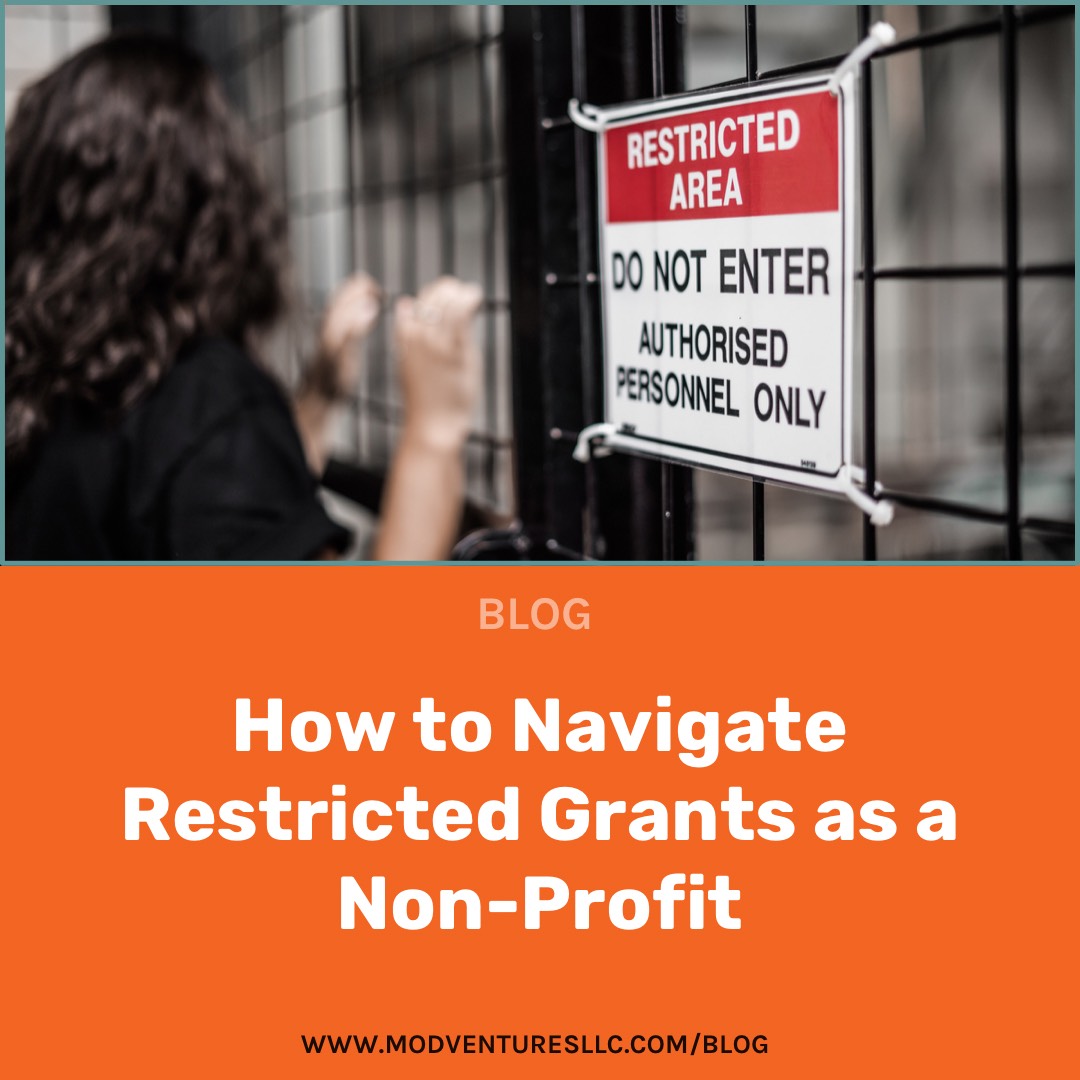Contrary to popular belief, non-profit organizations are not entirely run with other grants and donations. Grants and donations are only one type or source of funding for non-profits, although restricted funds required extremely accurate accounting to ensure proper use and management.
Here are the essentials on how to navigate restricted grantsas a non-profit organization:
What Are Restricted Grants and Restricted Funds?
Donor-restricted contributions such as grants and donations are monies that have been given with the intention of being used for something specific in your non-profit. Most restrictions may be lifted after a certain amount of time has passed or the fulfillment of the donor’s purpose. Other restrictions are never lifted, which is something to consider when accepting donor-restricted donations and grants.
While traditional fundraising and campaigns to gather funding for your non-profit organization thanks to a lack of spending restrictions, restricted funds offer financial help during periods of slow economic growth.
Why Are Restricted Grants Considered Problematic?
Thanks to their restrictions, restricted donations and grants can be hard to allocate in a project, particularly if you’re not carefully tracking your spending vs. what your grants can be used for. This leads to a surplus of funding in your organization that cannot be touched or used for your current financial needs.
Choosing the right restricted grants for your non-profit organization can also be a tricky task to accomplish. Misaligned values or goals can lead to funds that have no purpose or will not be available for use until further in the future – causing financial issues in the now.
Lastly, restricted grants have earned their “problematic” reputation thanks to the intense tracking required for spending and allocation of funds. In a non-profit organization where accounting has not been a primary task or focus, restricted funds can fall through the cracks in your current system.
How to Navigate Restricted Funds as a Non-Profit Organization
When your funding and needs line up, navigating restricted funds and grants is easy. Simply track funds and their use and you’re done. When your organization needs the funds for another purpose, that’s when it becomes tricky. Thankfully, each state governs restrictions by using the Uniform Prudent Management of Institutional Funds Act (UPMIFA). This governs:
- Expenditures of charitable assets
- Release of restricted funds
- Change or termination of restrictions
Some states have different restrictions and requirements on the specifics of altering or removing the restrictions on your grant. These requirements may include a specific time period since the grant has been given, the number of funds, and the needs of the non-profit organization.
Should My Non-Profit Accept Restricted Grants
When done with research, restricted grants can be just as beneficial as unrestricted grants. The key to navigating restricted grants and restricted funds is simply being aware of your need – both as an organization as a whole and financially – to determine which restricted grants will actually help rather than harm your financial state.
If you’re ready to accept restricted funds but feel your accounting systems are out-of-date, reach out to ModVentures today.
You May Also Love
CLOSE






